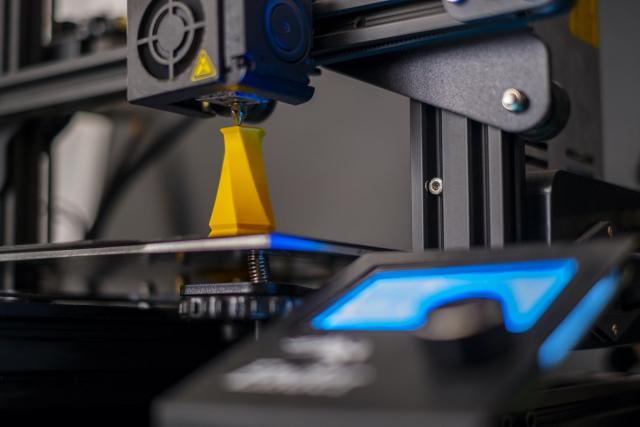
Both plastic injection molding and 3D printing can be great methods for manufacturing products – but the type of product you are making, in addition to other factors, needs to be taken into account in order to determine which technique is best.
So, let’s look at both techniques. By knowing the differences between plastic injection molding and 3D printing methods, you will be in a better position to decide which option is right for your specific needs.
What Is Plastic Injection Molding?
Plastic injection molding is a common manufacturing method used globally. Its popularity stems from its efficiency, affordability, and effectiveness in producing high-quality parts in large volumes. The process involves heating plastic pellets until they become molten. These molten plastics are then injected into a mold, which is custom-designed to the shape of the intended product.
Once injected, the plastic cools down and solidifies into the desired form. After it solidifies completely, the part is ejected from the mold for inspection and further processing.
Consider the everyday things around you. Many of these items are made through the method of plastic injection molding, such as certain appliances, electronic casings, and some toys.
In summary, plastic injection molding offers mass production capabilities without compromising on quality or detail. As a result, various industries depend heavily on this technology for their product manufacturing needs.
What Is 3D Printing?
3D printing, also known as additive manufacturing, is about creating an object layer by layer. 3D printers use different kinds of materials such as plastic, metal, or even biological materials, to build up these layers.
The key to 3D printing is a digital blueprint or a computer-aided design (CAD) file. It is essentially the virtual design of what you intend to print. After receiving this virtual design, the printer strategically deposits or cures material according to the provided 3D model specs.
The applications of 3D printing are versatile and groundbreaking. 3D printing is used in varied sectors, like in the healthcare industry for prosthetics and in the automotive industry for vehicle parts.
In conclusion, 3D printing has revolutionized how we create complex structures and components. By reducing waste and allowing greater design liberty, the process has gained sweeping popularity across various fields.
Which Technique is Best for Your Product?
Deciding between 3D printing and plastic injection molding depends on your specific product characteristics and requirements.
If you are in the pre-production design stage or need a small number of intricate, custom products, 3D printing might be optimal. The technology’s advantage is that it allows easy design modifications without additional costs.
On the other hand, plastic injection molding may be a better choice for mass production because of its high-volume capability. Despite higher upfront tooling costs, the cost per part tends to decrease significantly as quantity increases, making it cost-effective for large batches. Your choice could also depend on your time constraints. While 3D printing is useful for rapid prototyping, plastic injection molding outperforms speed when it comes to mass production.
Is It Better to Outsource Your Manufacturing Needs or Handle the Manufacturing Yourself?
Whether you outsource manufacturing or manage it in-house depends on your business specifics.
If you lack the technical expertise, equipment, or time to oversee production, outsourcing could be beneficial. You can then focus on core competencies like marketing and development while a plastic injection molding service or 3D printing service handles your manufacturing.
On the other hand, managing production yourself might be suitable if you have specific quality control requirements or need to protect proprietary information. In-house manufacturing also allows for direct oversight and quick adjustments.
Keep in mind that your decision should align with your long-term business strategy and the resources that you have available. Always evaluate cost-effectiveness versus benefits before making a final decision.
The Takeaway
To determine whether plastic injection molding or 3D printing is the best technique for your product, consider the specifics of your project: the volume required, your budget constraints, and the design complexity. This will guide you toward the option that is best suited to your needs.
Disclaimer: This post was provided by a guest contributor. Coherent Market Insights does not endorse any products or services mentioned unless explicitly stated.





